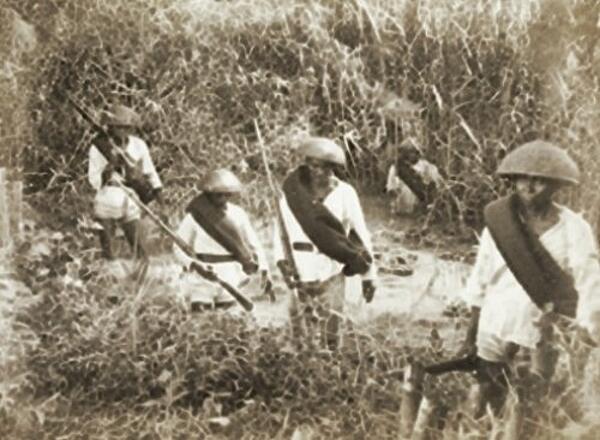Early resistance against the Spanish
Understandably, the Filipino locals weren’t always happy to accept Spanish rule and there were many periods in the archipelago’s history when the indigeous people rebelled against the regime forced upon them.
At the very beginning of the Spanish occupancy of the Philippines, some rebels refused to pay Spanish taxes and rejected all the new rules being enforced by the soldiers. However, all were defeated by the Spanish by 1597. This was aided by the fact that early Spanish settlers largely left the locals to manage their own issues, only insisting that they accept the wider rules imposed upon them by Spain.

In spite of this wider acceptance of the Spanish way of life, there were several instances of revolts during the colonial period of the country’s history as the locals attempted to re-establish their power over their lands. However, many of these failed as significant number of locals sided with the Spanish government (which was well-armed) rendering the rebels significantly outnumbered.
The longest instance of resistance was initiated by Francisco Dagohoy, who was from Bohol. Francisco initiated the longest revolt in the history of the Philippines - known as the Dagohoy Rebellion - which took place on the island of Bohol between 1744 and 1828. Francisco did not live to see his revolt brought to a close, dying from sickness at the age of 75.
Rebellion from the local also prevented the rule of the Spanish from ever reaching the quieter regions of northern Luzon, nor the inland communities of Mindanao.
MLA Citation/Reference
"Early resistance against the Spanish". HistoryLearning.com. 2025. Web.
